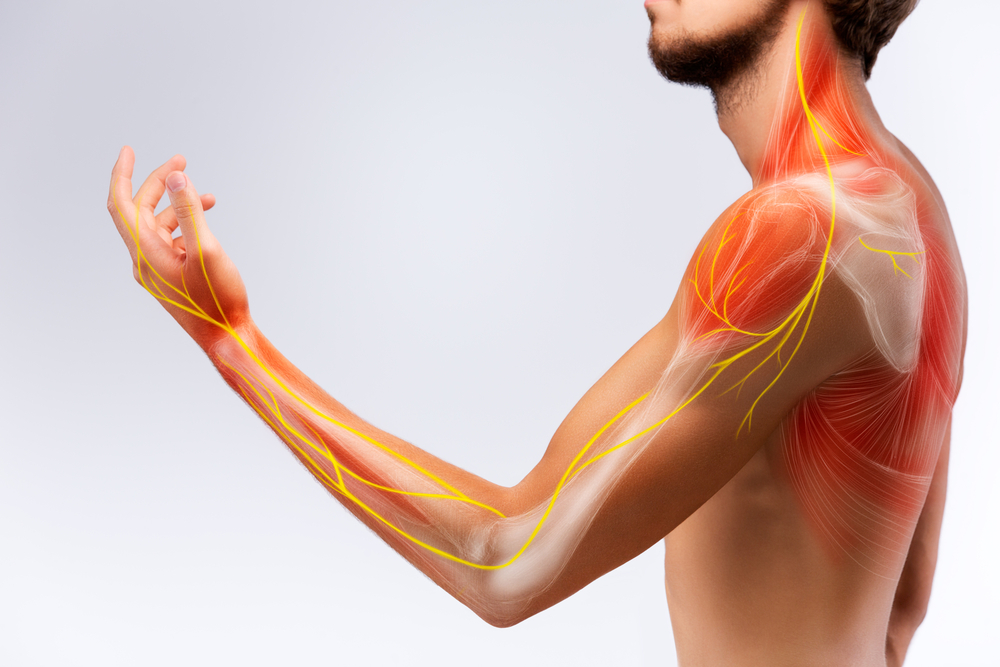Researchers Come Up with Tool Kit of Tests for Early Diagnosis of TTR-FAP

A combination of three tests that measure upper limb nerve damage and sensitivity to stimuli could help doctors distinguish between transthyretin familial amyloid polyneuropathy (TTR-FAP) and similar conditions, a study reports.
Because TTR-FAP treatments are most effective when done early, the tests can improve patients’ chance of a better outcome, the researchers said.
The study, “Transthyretin familial amyloid polyneuropathy (TTR-FAP): Parameters for early diagnosis,” was published in the journal Brain and Behavior.
Current options for treating TTR-FAP include a liver transplant and amyloid-stabilizing agents. Scientists have linked the instability of amyloid proteins to neurological diseases such as TTR-FAP.
Although liver transplants and the use of amyloid-stabilizing agents are most effective when done early in the disease, misdiagnoses of the disorder are common, delaying the therapies — sometimes for years.
Researchers decided to compare the characteristics of TTR-FAP with those of diabetic polyneuropathy, a condition in which diabetes causes nerve damage. The study involved 24 TTR-FAP patients and 48 diabetic polyneuropathy patients.
Two of the nerve damage measurements the team used were neurological impairment scores and neurological disability scores.
Another was quantitative sensory testing, which assesses patients’ sensation and pain thresholds for heat, cold and other stimuli. An additional measurement was sympathetic skin response testing, which measures changes in the skin’s ability to carry electrical signals.
Still another measurement was nerve conduction velocity, or the speed at which a nerve can carry a signal. The other measurement was heart rate variability.
Researchers performed the tests on each patient’s right foot and hand to determine how much sensation they had lost compared with normal sensation levels.
A key finding was that TTR-FAP patients had more neurological disability and impairment than diabetic polyneuropathy patients. In addition, TTR-FAP patients were unable to discriminate between warm and cold temperatures as well as diabetic polyneuropathy patients. And their hands were more sensitive to pain.
“TTR-FAP mainly differed from dPNP [diabetic polyneuropathy] by abnormalities on the upper but not on the lower limbs,” the researchers wrote.
The main differences were TTR-FAP patients’ inability to detect cold as well, their hands being more sensitive to pain, and more dysfunction in their ulnar nerve. That’s the nerve responsible for transmitting sensation and movement signals to the lower arms and hands.
The combination of these three parameters “should alert physicians for amyloidosis,” the team wrote.
Their findings offer doctors a tool box for testing upper limbs for signs that a person has TTR-FAP, they said. These include “NCV [nerve conduction velocity], QST [quantitative sensory testing], and SSR [sympathetic skin response],” they said.






